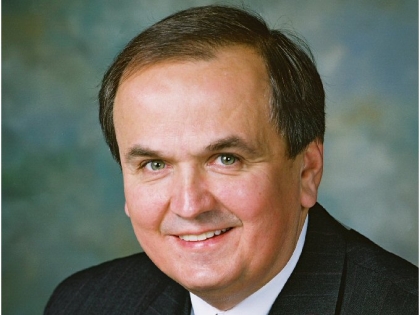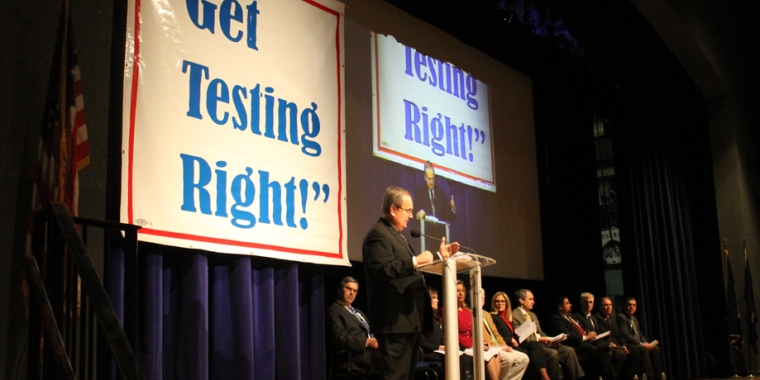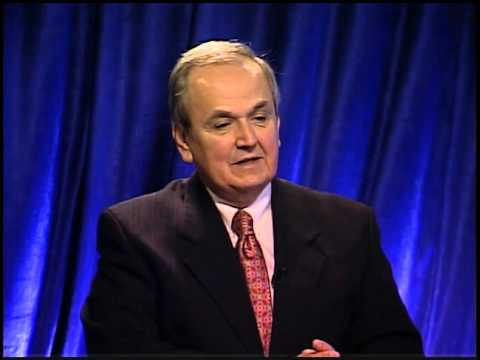
Tier v Pension Reform Legislation Signed Into Law
George D. Maziarz
December 10, 2009
-
ISSUE:
- Civil Service and Pensions
Senator Maziarz today announced that Governor Paterson has signed into law pension reform legislation that will provide more than $35 billion in long-term savings to New York taxpayers over the next thirty years. The legislation creates a new Tier V pension level, the most significant reform of the State’s pension system in more than a quarter-century.
According to a Division of the Budget analysis, Tier V pension reform will achieve more than $35 billion in savings for state and local governments over the next thirty years. To see how much your municipality will save, use the “Tier V Pension Reform Savings Calculator,” which is accessible at the following link: https://www.budget.state.ny.us/pensionReform.html. A region-by-region breakdown of local government savings across the State is also included below.
Key components of Tier V include: A region-by-region breakdown of projected Tier V pension reform savings outside New York City is available below. These savings are in addition to the cost-reductions that will be achieved over the next thirty years at the state government level ($8.4 billion) and by government entities that serve multiple regions ($1.6 billion).
-
Raising the minimum age at which most civilians can retire without penalty from 55 to 62 and imposing a penalty of up to 38 percent for any civilian who retires prior to age 62.
-
Requiring employees to continue contributing 3 percent of their salaries toward pension costs so long as they accumulate additional pension credits.
-
Increasing the minimum years of service required to draw a pension from 5 years to 10 years.
-
Capping the amount of overtime that can be considered in the calculation of pension benefits for civilians at $15,000 per year, and for police and firefighters at 15 percent of non-overtime wages.
-
Members of the NYS Teachers Retirement System will have a separate Tier V benefit structure that will achieve equivalent savings as other civilian public employees. It includes:
-
Raising the minimum age an individual can retire without penalty from 55 to 57 years.
-
Contributing 3.5 percent of their annual wages to pension costs rather than 3.0 percent and continuing this increased contribution so long as they accumulate additional pension credits.
-
Increasing the 2 percent multiplier threshold for final pension calculations from 20 to 25 years.
In accordance with constitutional requirements, these new pension reforms would apply only to public employees hired in the future. These provisions will apply to the State workforce and to employees of localities outside New York City.
Western New York – $2.8 billion in savings over the next thirty years.
Rochester/Finger Lakes Region – $2.5 billion in savings over the next thirty years.
Share this Article or Press Release
Newsroom
Go to Newsroom
Senator Maziarz Calls on Assembly: Pass Public Assistance Integrity Act
February 13, 2014

Keep St. Francis of Assisi School open
February 12, 2014

Your Voice with Senator Maziarz
February 10, 2014
